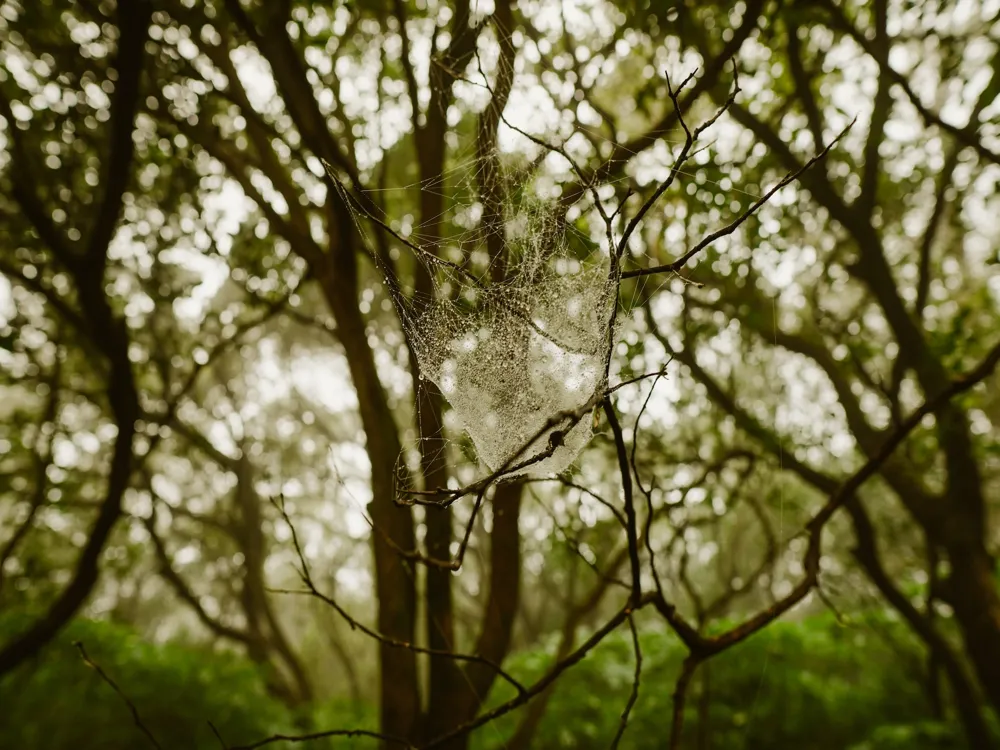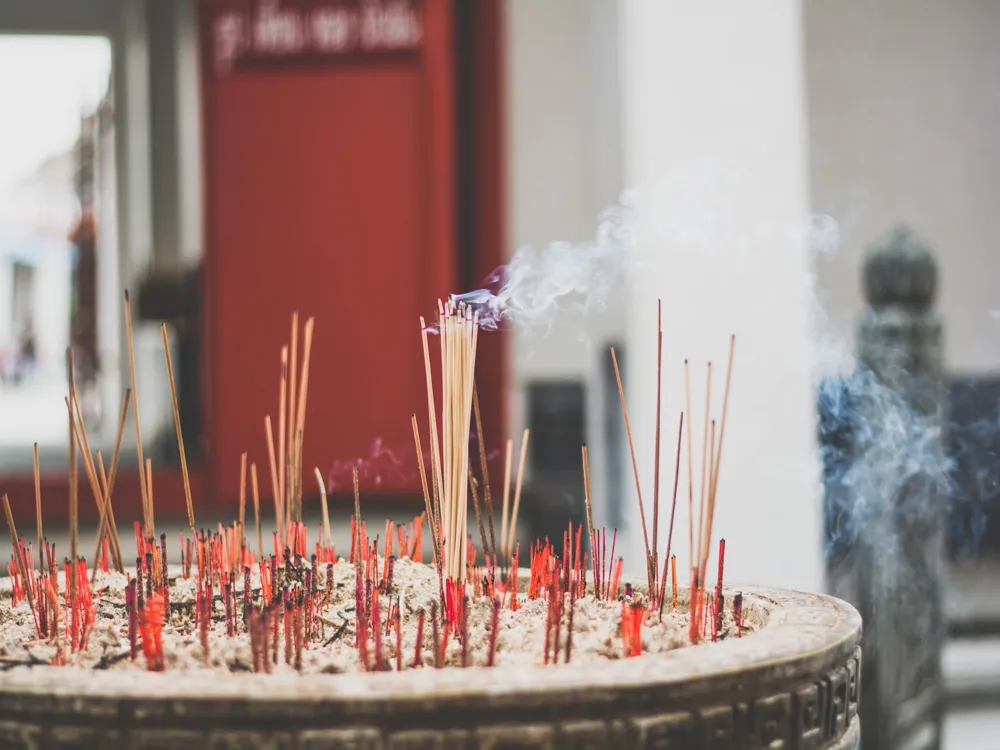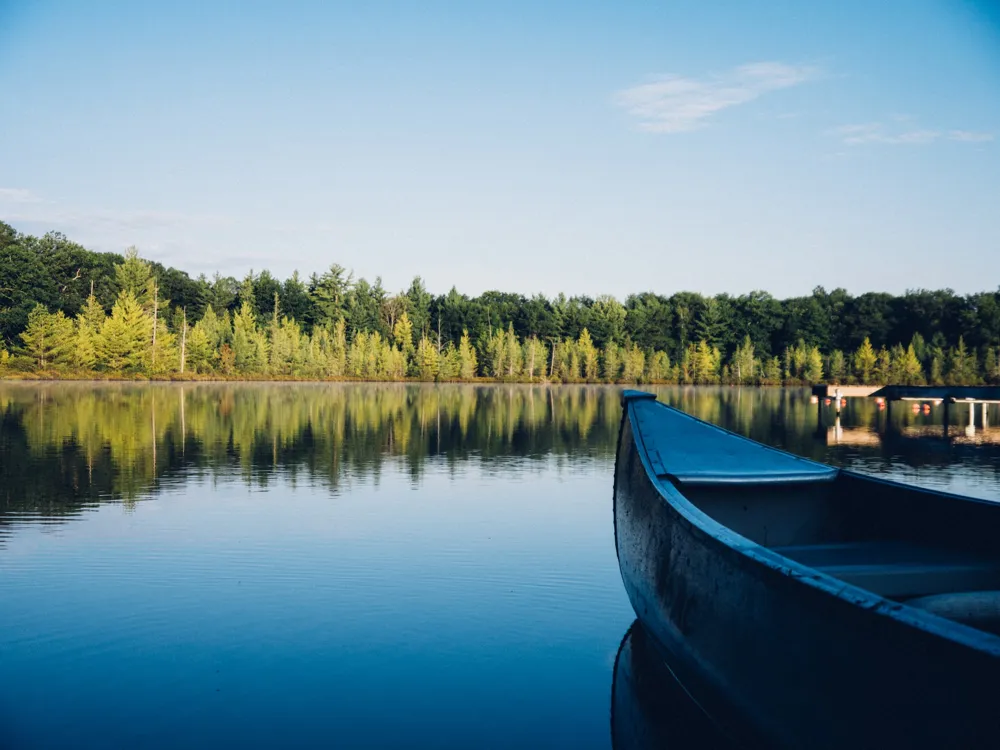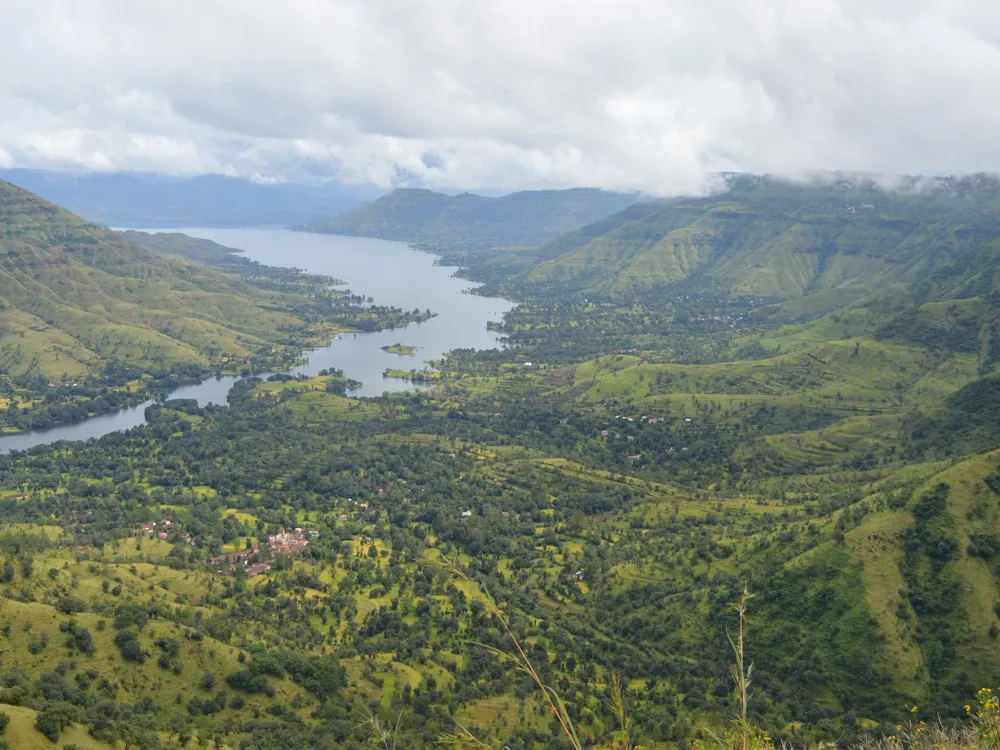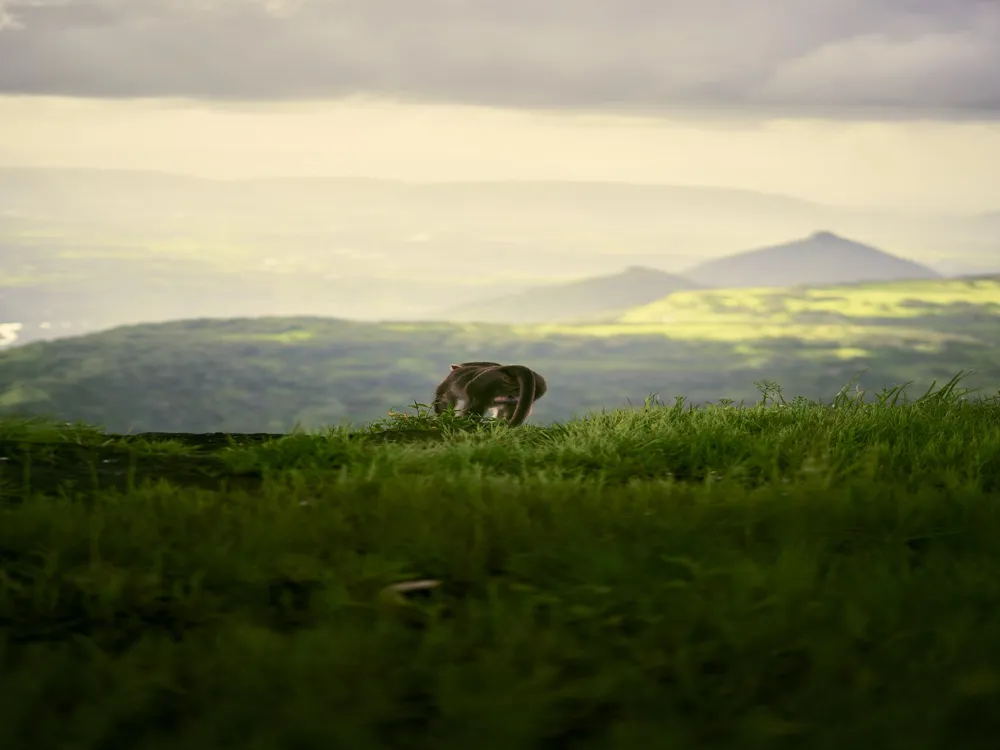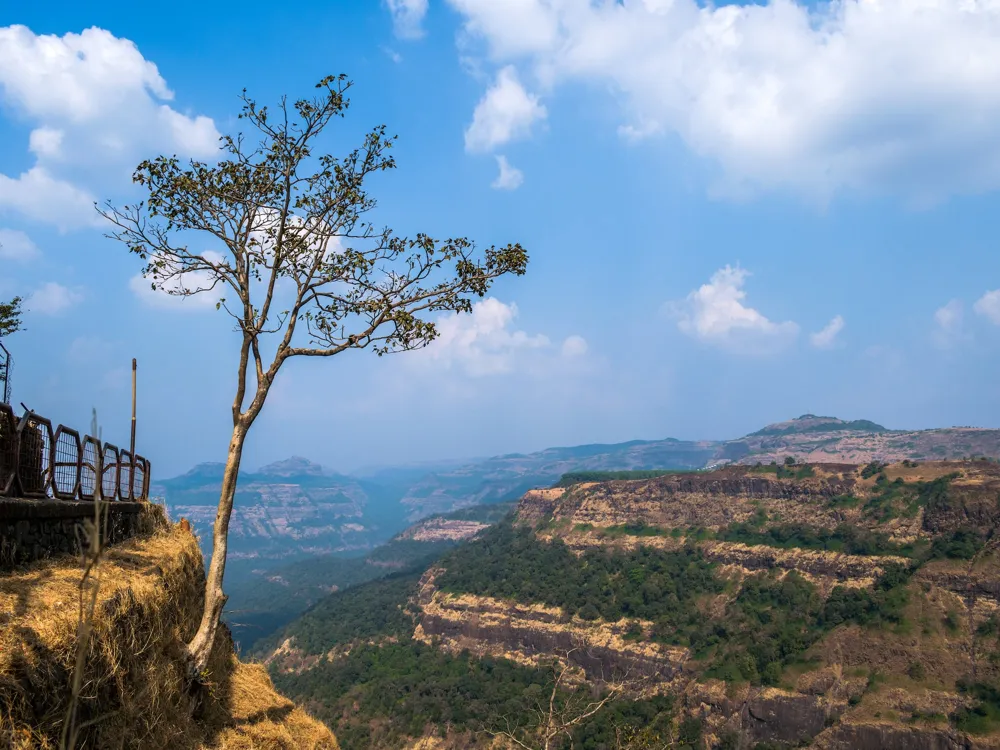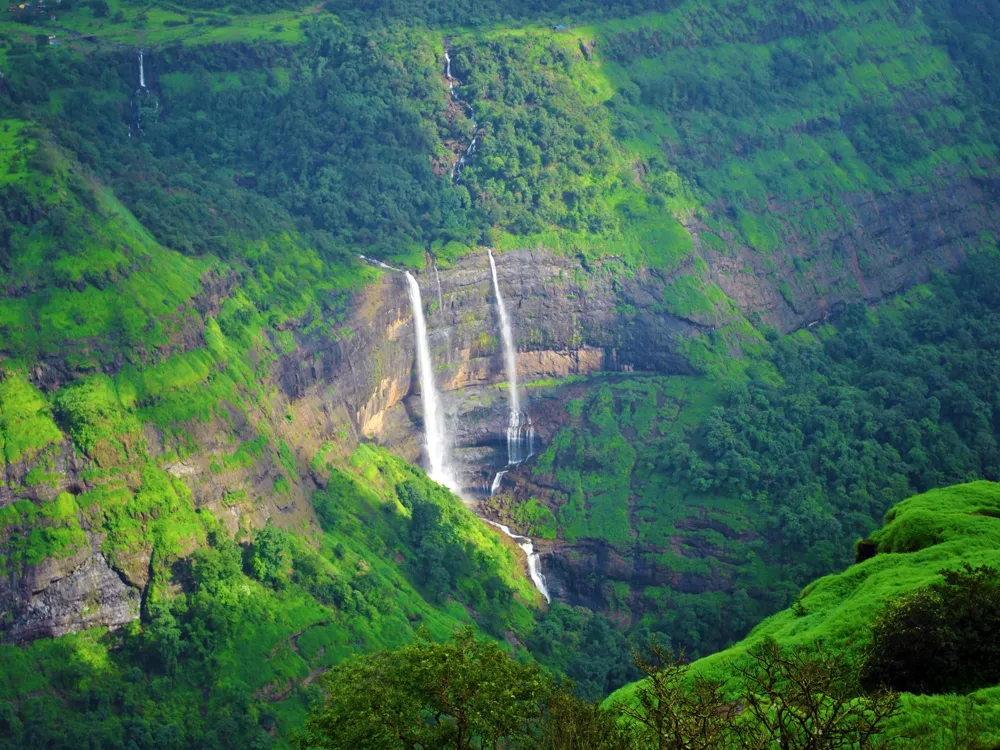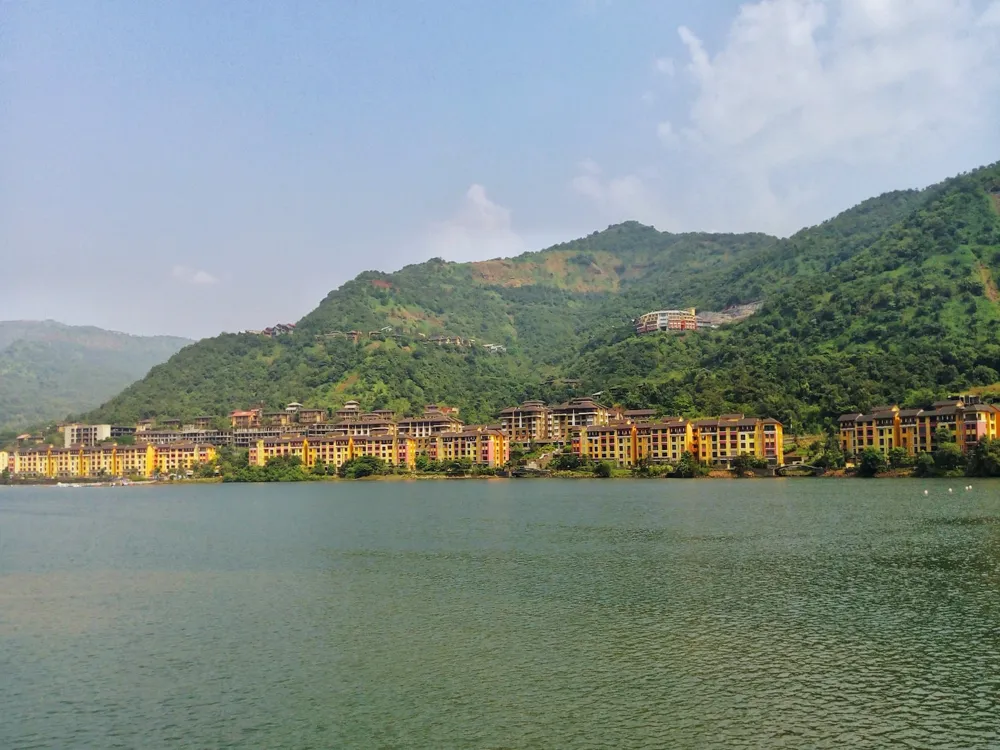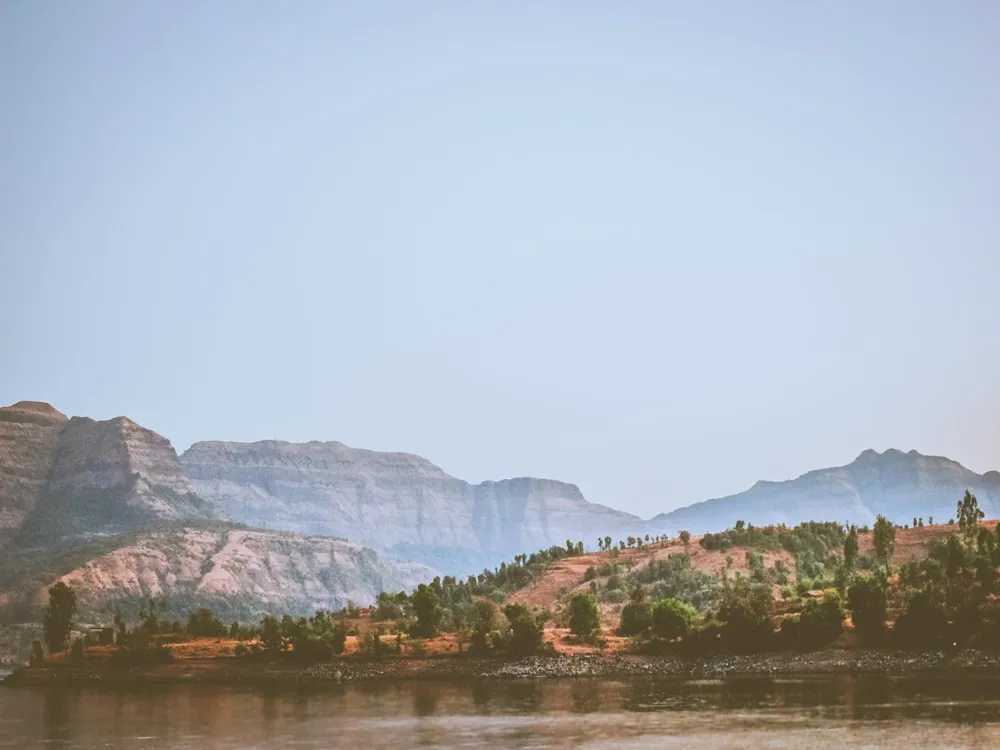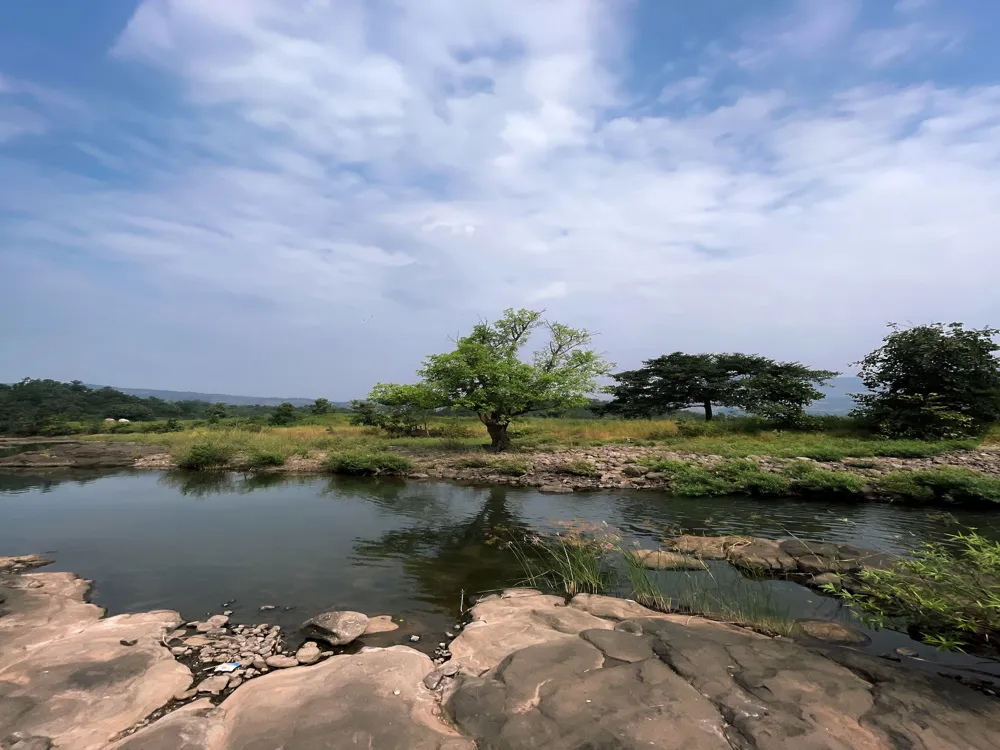Bhimashankar, a revered pilgrimage site nestled in the Sahyadri hills of Maharashtra, stands as a testament to spiritual reverence and natural splendor. This tranquil locale, primarily known for the Bhimashankar Temple, is one of the twelve Jyotirlingas in India, making it a paramount destination for Shiva devotees. The region, enveloped in dense green forests, is not only a spiritual oasis but also a haven for nature lovers and trekking enthusiasts. The Bhimashankar Wildlife Sanctuary surrounding the temple adds to the area's biodiversity, housing a myriad of flora and fauna, including the Indian Giant Squirrel or Malabar Giant Squirrel, the state animal of Maharashtra. The history of Bhimashankar is as fascinating as its landscapes. It is steeped in legends and myths that date back to the era of the Puranas. According to Hindu mythology, the demon Tripurasura was annihilated by Lord Shiva at this very spot, leading to the manifestation of the Jyotirlinga. The river Bhima, which is considered sacred, is said to have its source here, further adding to the region's spiritual significance. The blending of mythological tales with the serene environment provides a unique and tranquil experience for pilgrims and tourists alike. The Bhimashankar Temple is an architectural marvel, showcasing the brilliance of ancient Indian craftsmanship. The temple, predominantly built in the Nagara style of architecture, dates back to the 13th century. However, it is believed that the original structure was constructed in the 9th century. The temple's intricate carvings and embellishments depict various deities and episodes from Hindu mythology, creating a visual treat for visitors. The temple features a Sabha Mandap (prayer hall) and a Garbhagriha (sanctum sanctorum) where the Shiva Linga is enshrined. The shikhara, or spire, of the temple is adorned with intricate carvings and sculptures that are exemplary of medieval Indian temple architecture. The blend of Malabar and Indo-Aryan styles gives the temple a distinct aesthetic, setting it apart from other Jyotirlinga shrines. The walls and pillars of the Bhimashankar Temple are embellished with exquisite carvings of divine beings, dancers, and musicians, along with scenes from the epics and Puranas. The temple's uniqueness also lies in its harmonious coexistence with the surrounding nature, seamlessly blending spirituality with the tranquility of the Sahyadri hills. The use of locally sourced materials in its construction further emphasizes its integration with the natural environment. As a sacred site, it is advisable to dress conservatively when visiting Bhimashankar. Modest clothing that covers shoulders and knees is recommended. This respects the local culture and religious sentiments. Bhimashankar is not only a spiritual center but also an ecological haven. Visitors should avoid littering and respect the wildlife and natural surroundings. Use of plastic is discouraged to maintain the sanctity and cleanliness of the region. The best time to visit Bhimashankar is from August to February when the weather is pleasant. Monsoons, though beautiful, can make trekking challenging. Weekdays are less crowded compared to weekends and festivals. Bhimashankar is well-connected by road and is accessible from major cities in Maharashtra. The nearest airport is Pune International Airport, approximately 120 kilometers away. From Pune, one can hire a taxi or take a bus to reach Bhimashankar. The nearest railway station is at Pune as well. For those who prefer driving, the journey offers a scenic route through the Ghats. Local transport is also available from nearby towns like Karjat and Khed.Overview of Bhimashankar
Architectural Marvel of Bhimashankar Temple
Tips When Visiting Bhimashankar
Dress Appropriately
Respect the Environment
Plan Your Visit
How To Reach Bhimashankar
Bhimashankar Temple
Bhimashankar
Maharashtra Goa
NaN onwards
View bhimashankar Packages
Weather :
Label : Must Visit
Tags : Temple
Timings : 5:00 AM - 12:00 PM & 4:00 PM - 9:00PM
Time Required : 1-2 hrs
Entry Fee : No entry fee
Planning a Trip? Ask Your Question
Bhimashankar Travel Packages
View All Packages For Bhimashankar
Top Hotel Collections for Bhimashankar

Private Pool

Luxury Hotels

5-Star Hotels

Pet Friendly
Top Hotels Near Bhimashankar
Other Top Ranking Places In Bhimashankar
View All Places To Visit In bhimashankar
View bhimashankar Packages
Weather :
Label : Must Visit
Tags : Temple
Timings : 5:00 AM - 12:00 PM & 4:00 PM - 9:00PM
Time Required : 1-2 hrs
Entry Fee : No entry fee
Planning a Trip? Ask Your Question
Bhimashankar Travel Packages
View All Packages For Bhimashankar
Top Hotel Collections for Bhimashankar

Private Pool

Luxury Hotels

5-Star Hotels

Pet Friendly







